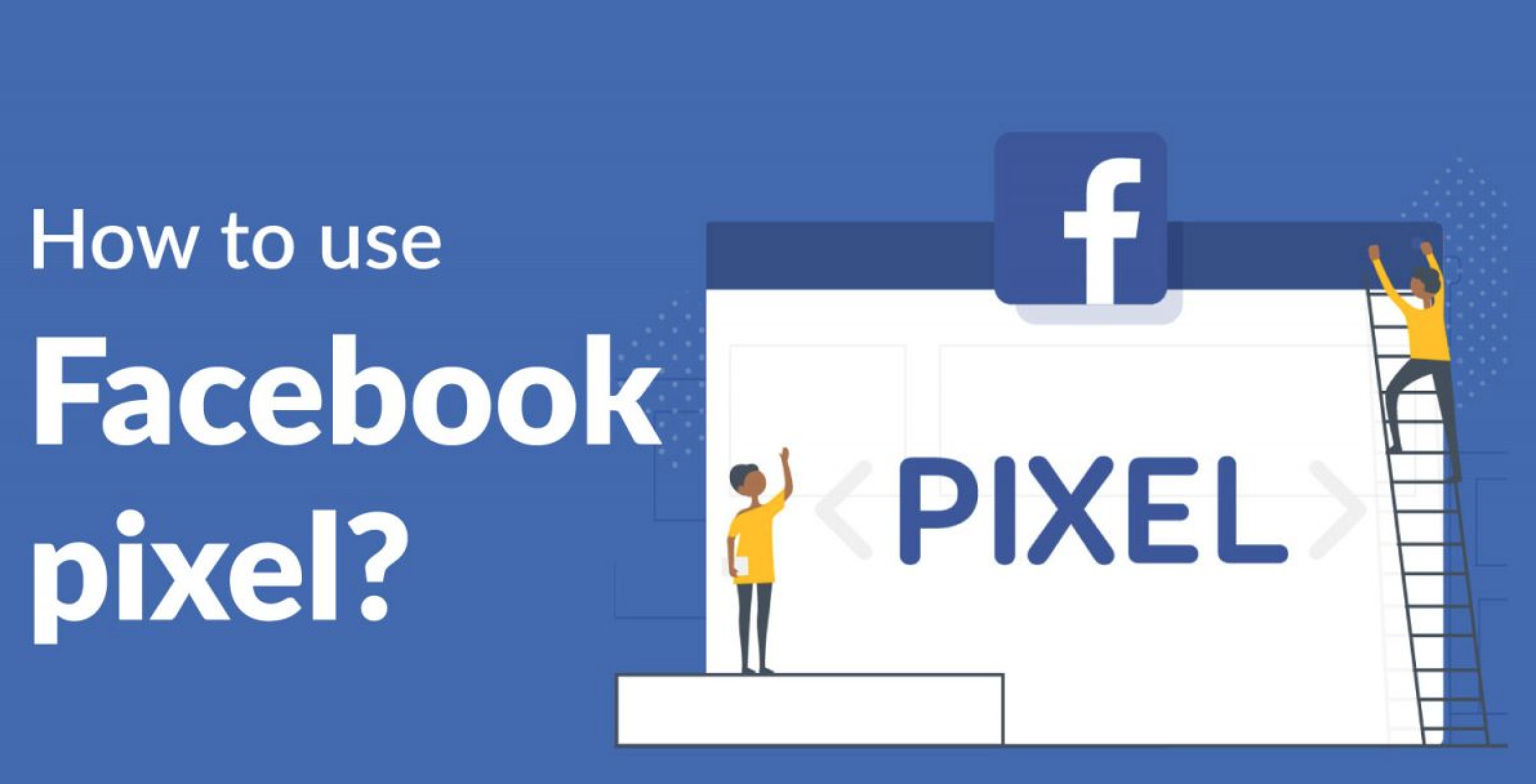Before talking about my experience in finding the correct audience using the Facebook pixel, let's take a step back and analyse for a moment the situation when you aren't using the pixel:
You will be able to create target audiences using the tools Facebook provides like:
- age
- the sex
- the geographical area
- interests
- interactions with your Facebook page
- video views.
Those tools are really useful (especially the last three), however in many cases those will not be enough to find the right people for your ads.
Here is where our Facebook pixel comes into play. In fact, when you go to use the pixel, Facebook knows:
- who has seen your site
- which pages they have visited
- and also, how often have they returned to the site
- who has signed up and left the data
- including the data they have filled out in the form
- what actions he/she perform
- so for example if he/she added a product to the cart
- which product he/she added to the cart
- whether he/she entered payment data
- whether he/she completed a purchase
- which product he/she bought
- how much he/she spent
- etc ...
If you configure it in the correct way Facebook will learn everything that happens on your website. Based on that knowledge you will then be able to create a perfect and accurate audience. For example, you can ask
“who are the people who bought product X?"
"What about those who bought product Y instead?"
"Or those who did action X or action Y?"
and you can use them as recipients of your ads.
Based on this high level of precision in the selection of your target, you can create audiences of:
- those who have visited your site in general
- those who have visited a specific page
- or more specific pages
- those who have returned several times to the site
- those who spend more time on the site
- those who signed up (either in general or for one specific material, for a specific offer etc)
- who bought (in general or something specific like product X or product Y)?
- etc ...
Beside those options listed above, which certainly are the most important, you will also be able to combine them together and gain a more advance level of targeting,
- for example, those who have visited several times or have been for a long time, but have not yet registered
- or those who have visited a particular landing page but then have not converted, have not filled out the form
- or again: who visited the page of product A, but not product B.
A very common way to use these combination is for example, the person who visited your landing page but did not convert. Despite the missing conversion, that person had expressed an interest ... maybe, in that moment the person wasn’t interested enough. So we can try to bring them back to the landing and convince them to complete ... or even offer them something else because maybe they were not interest on that specific offer.
Or I can convince them to buy that product they was checking, perhaps by offering them more information, assistance or bonuses etc.
There are various strategies and tricks to try to pull out the conversions from those who had expressed an interest.
You can also make very precise exclusions. this means that you could exclude the people who already converted and avoid wasting Ad money.
The real core of this it that you will be able to use targeted audiences that have very high conversion percentages, much higher than those general audiences we listed above for example by demographic or interests. That allow us to recover conversions that otherwise would have been lost.
Doing this will also spend very little, because these types of audiences are very small, so you will never spend huge capitals.
Obviously, make a note: at the beginning always start as simple as possible, sometimes without any targeting at all. Only once you have collected enough data and then go through and test the more complex and articulated ways to use and combine the date gained.
So, at the beginning, suggest testing with the most basic targeting and then later over time, as the numbers grow, as more data is acquired, then create audiences that are more specific and precise, narrowing your audiences in order to take advantage of using all the FB tools to find the perfect target audiences for your campaign.
Alby

